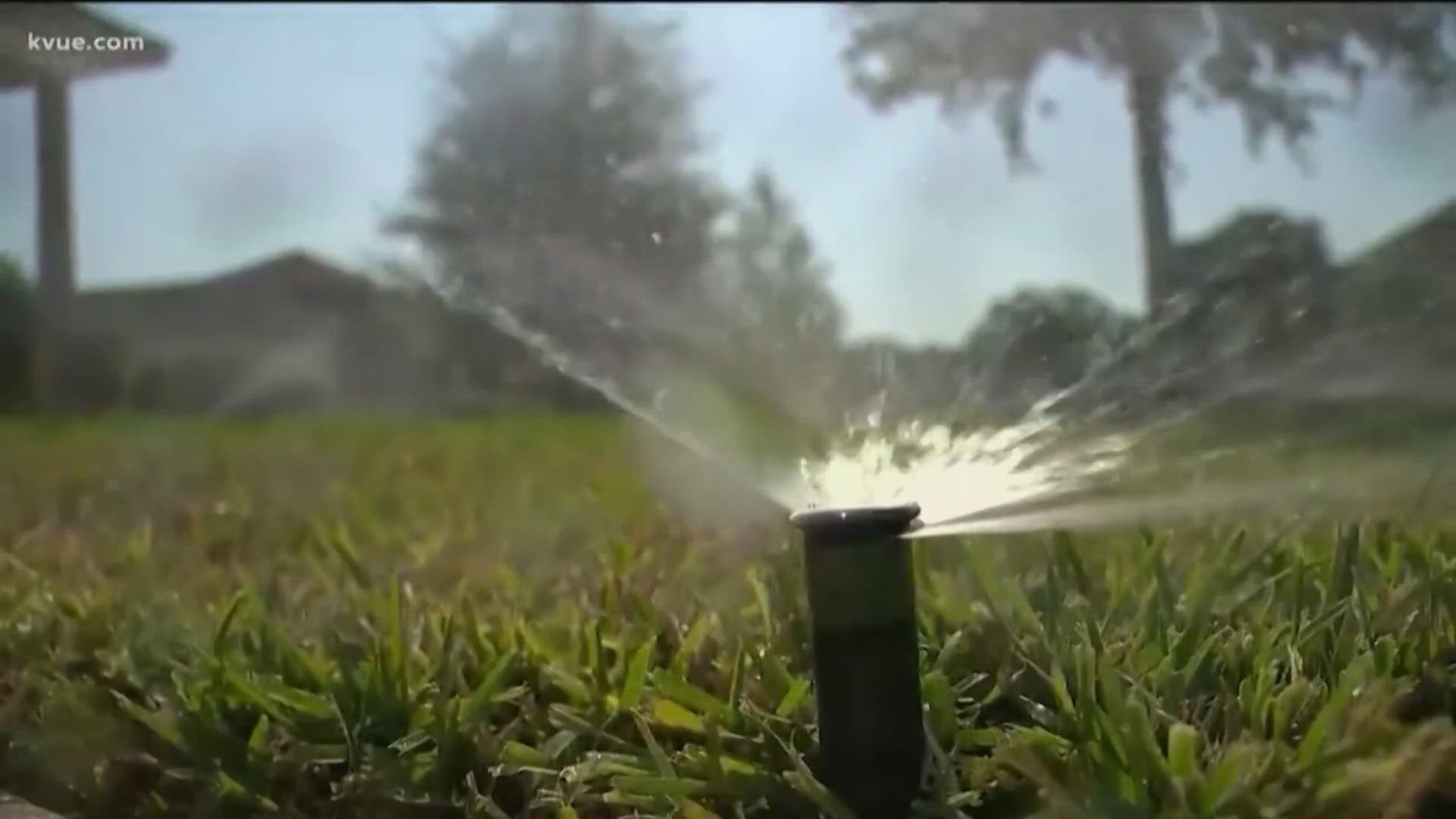AUSTIN, Texas — Population growth rates of existing Lower Colorado River Authority (LCRA) water customers could be higher than expected.
A new Water Supply Report also states the LCRA could have more new customers than expected, and customers could have future droughts worse than what we have experienced.
According to the LCRA, customers include municipalities, industries and temporary water users who must have a firm water supply contract to use water from the Highland Lakes or lower Colorado River. That includes municipalities like Austin, Georgetown and Burnet.
To ensure customers have enough water for the future, the LCRA is considering several water supply strategies, which were discussed during Wednesday's Water Operations Committee meeting.
Those strategies include conservation, extending existing supplies, system optimization and new Colorado River supplies, and other new supplies.
Under conservation, LCRA staff discussed three ideas: a permanent maximum once-a-week watering schedule, gallons per capita per day cap on contract renewals and enhanced conservation incentives. All possibilities would require board action and could be implemented relatively quickly as benefits accrue over time.
New supplies from the Colorado River, an aquifer storage and recovery (ASR) system and off-channel reservoirs are also being considered.
Water is stored underground until needed for an ASR system. It could be built in Bastrop County with water delivery to Travis County. This system would provide up to 22,000 acre-feet of water per year. An acre-foot is the amount of water needed to cover 1 acre 1 foot deep. It has a price tag of $1 billion.
Another proposal is to build off-channel reservoirs in Bastrop, Fayette and Colorado counties with pipelines to Travis County.
Transferring water from East Texas is yet another idea.
LCRA General Manager Phil Wilson said one of the biggest challenges is the 1-30 corridor.
"If you go from Buda, Kyle … north towards Hutto, you've got rooftops coming in in eastern Travis County, western Bastrop County, northern Hays, southern Williamson that are just going crazy, and that's not abating or slowing down," Wilson told the board of directors.
Most of the proposed water supply strategies cost in the billions of dollars.
LCRA staff will finish evaluating each water supply strategy and compare them, before getting public input and eventually board approval.
RELATED:

